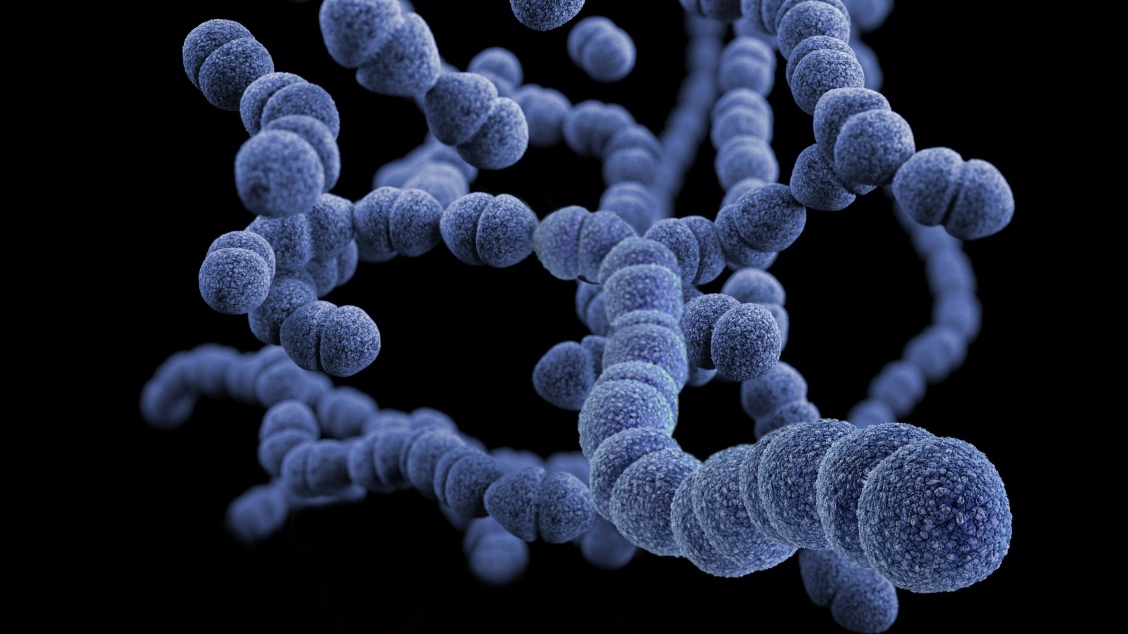
Insights from MDPI Top 5 Picks—May
Once again, this month on Insights from MDPI, we have selected our top 5 from the most popular MDPI articles to spotlight the hot topics, as identified by readers, for May. Several authors of these papers have provided statements on why their research directions are vital to their fields and why they’re worth reading.
1. Behavioral Outcomes of Children with Same-Sex Parents in The Netherlands in IJERPH
“In many countries, it is currently illegal for same-sex parents to adopt children. An often-heard argument is that children will experience negative effects because the parents are of the same sex. In our study, we found that this argument is not supported by the data. Using a probability sample drawn from the Dutch civil registers, our results indicate that children with same-sex parents are just as socially adjusted as children with different-sex parents. Specifically, we found no significant differences in a range of behavioral outcomes, including emotional problems, behavioral problems, hyperactivity, antisocial behavior, and problems with peers. It is, therefore, important to remove the barriers for same-sex parents who want to raise children.”
– Statement from Prof. dr. Deni Mazrekaj, Dr. Mirjam M. Fischer, and Prof. dr. Henny M. W. Bos
2. Establishing Stage–Discharge Rating Curves in Developing Countries: Lake Tana Basin, Ethiopia in Hydrology
“A significant constraint in water resource development in developing countries is the lack of accurate river discharge data.”
“Accurate discharge data aid in more efficiently utilizing the donor and government funds provided to the water sector.”
“In this manuscript, a technique is developed that uses the infrequent stage–discharge measurements to develop a rating curve in which the offset varies with time. The technique was applied to the Lake Tana basin in the Ethiopian Highlands. Furthermore, 21 stream gauges with occasional stage–discharge measurements were available for 3–60 years. Time-dependent offset polynomial functions of up to the fourth order were developed to fit the available historical stage–discharge measurements. The calculated offsets were as large as 3 m in the alluvial plains to less than 75 cm for the upland station. Replotting the stage–discharge data adjusted for the calculated offset reduced the scatter of the data.”
“The unique rating curves that account for temporal riverbed changes can aid civil engineers in the design of reservoirs, water managers in improving reservoir management, programmers in calibration and validation of hydrology models and scientists in ecological research.”
– Extracts taken from study
3. The Lipid Energy Model: Reimagining Lipoprotein Function in the Context of Carbohydrate-Restricted Diets in Metabolites
“Low-carbohydrate and ketogenic diets are becoming increasingly popular as a treatment in a wide range of metabolic conditions. This includes not only obesity and diabetes, but also inflammatory and autoimmune disorders, neurological and neurodegenerative diseases, and mental health. However, carbohydrate restriction can dramatically increase levels of LDL cholesterol in a minority of patients who adopt very low carbohydrate diets. Perhaps counterintuitively, those at the greatest risk for increases in LDL cholesterol appear to be patients who are relatively lean (with lower BMIs) and with biomarkers of good metabolic health (high HDL cholesterol and low triglycerides). The present paper on ‘The Lipid Energy Model’ (Lipid Energy Model video abstract: https://youtu.be/AkzxESsTJyM) attempts to describe this phenomenon by focusing on the functional roles of VLDL, LDL, and HDL lipoproteins in the trafficking lipid energy (or “fat fuel”) around the body. The model not only has relevance to patients choosing to adopt low-carbohydrate diets, and their treating physicians, but also to the broader biomedical community. Understanding the mechanisms that give rise to the metabolic triad of high LDL and HDL cholesterol with low triglycerides in the context of carbohydrate restriction in lean individuals could reveal insights that lay the groundwork for future studies and biomedical–nutritional innovations.”
– Statement from Dr. Nicholas Norwitz, PhD; Dr. Adrian Soto-Mota, MD PhD; and Mr. Dave Feldman
4. Self-Perceived Competence of Ambulance Nurses in the Care of Patients with Mental Illness: A Questionnaire Survey in Nursing Reports
“People with mental illness may still face stigma. Unfortunately, negative attitudes and beliefs toward people who have mental illness are common but this can hopefully be improved with increased information and knowledge. A curriculum for a specialist nursing program should reflect the actual knowledge, competence, and skills required in the profession-specific environment and be based on a thorough description. Today, the differentiated curriculum is perceived to be focused on the medical knowledge required to treat and care for patients in specific environments. Shortcomings in educational content in the specialist nursing curriculum may be among the reasons for lower self-rated competence in caring for patients with mental illnesses. Judging by our results, it is reasonable to assume that educational efforts in ambulance care need to be intensified to provide nurses with broader knowledge about mental illness and the kind of assistance healthcare can offer these patients.”
– Statement from Bodil Ivarsson, RN, Ph.D. (Associate Professor); Sandra Önnheim, RN, AN, M.Sc.; Anders Johansson RN, RNA, Ph.D.(Associate Professor); and Caroline Hagström RN, AN, M.Sc.
5. Changes in Proteins in Saliva and Serum in Equine Gastric Ulcer Syndrome Using a Proteomic Approach in Animals
“In this report, different patterns of changes in proteins in the saliva of horses with Equine Squamous Gastric Disease (ESGD) and the Equine Glandular Gastric Disease (EGGD) were found by using a high-resolution proteomic approach. Thus, in the saliva of horses with ESGD, the most predominant changes were detected in proteins associated with squamous cell regulation and growth, while in the case of EGGD, the alterations were in proteins related to immune activation. These findings support the hypothesis that ESGD and EGGD are two different diseases and highlight the potential of saliva as a source of potential biomarkers for these conditions.”
– Statement from Dr. Alberto Muñoz Prieto, Prof. José Joaquín Cerón, and Dr. María Dolores Contreras Aguilar
As with last month, this month’s top 5 papers show a diverse range of research topics, each unique in their approach to their field of expertise. We are thrilled to have had so many authors contribute a statement this month on the importance of their research. You can read the full versions of the papers described in this article online for free at mdpi.com.










